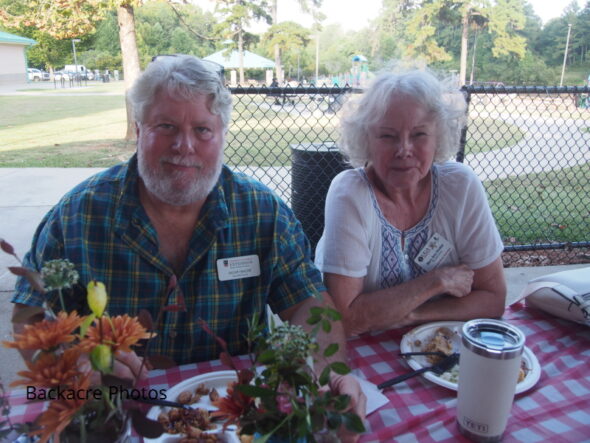Although Soil3’s spring sale is over, when you buy, you can also support the programs run by our member volunteers and get quality compost for your garden. Using the codes, GCMGA will receive $15 for each big bag sold and $5 on each mini bag sold. Are you looking for the Big Yellow Bag – a cubic yard? Please go to Soil3 and enter code GwinnettMG2024 at checkout. If you’re looking for the mini cube of Soil3 or the Veggie cube which is one cubic foot, go to Soil3 and enter code GwinnettMG2023Mini at checkout. Soil3 is certified for organic gardening. Delivery is available (and included in the price). For those locally, pickup is at an additional reduced pricing. Thank you for supporting GCMGA! Related Images:


